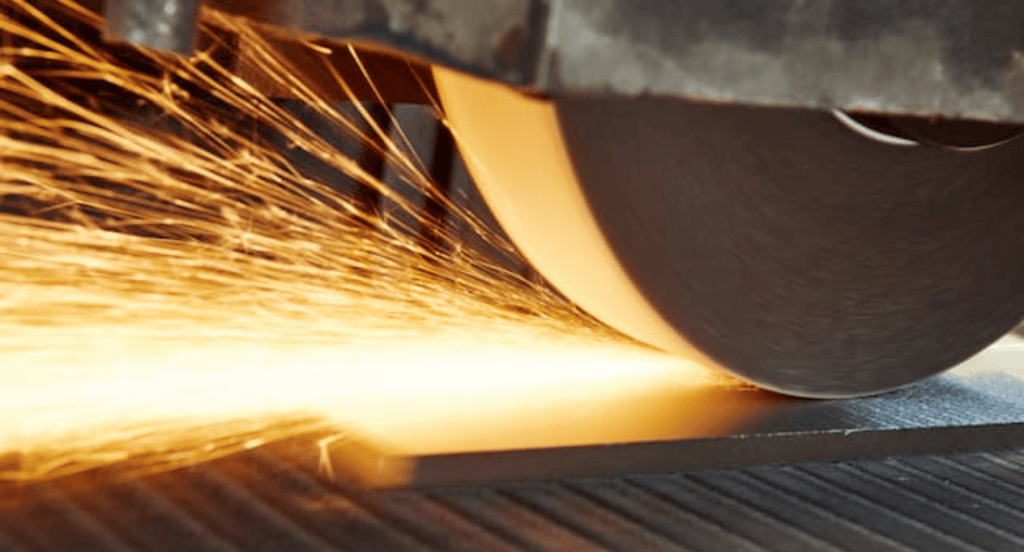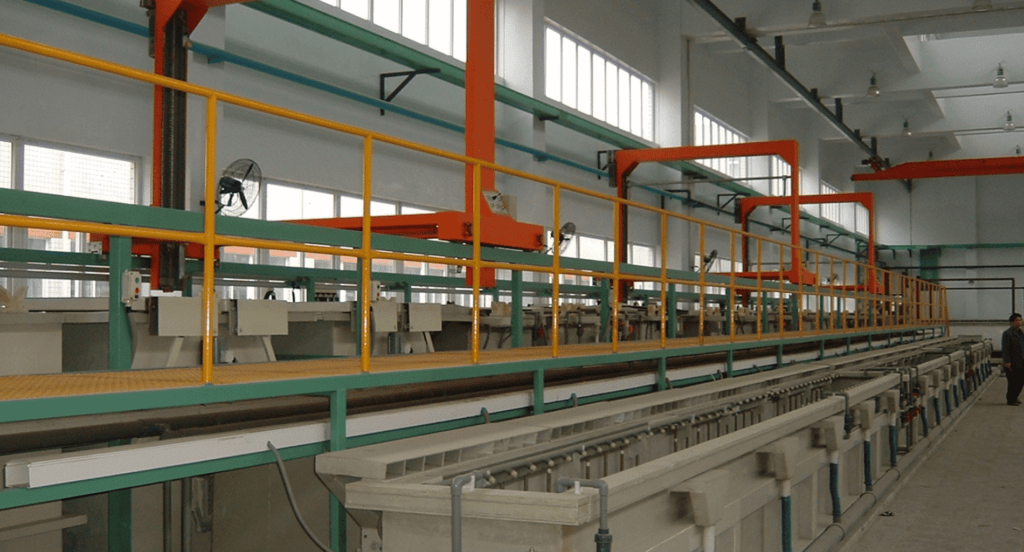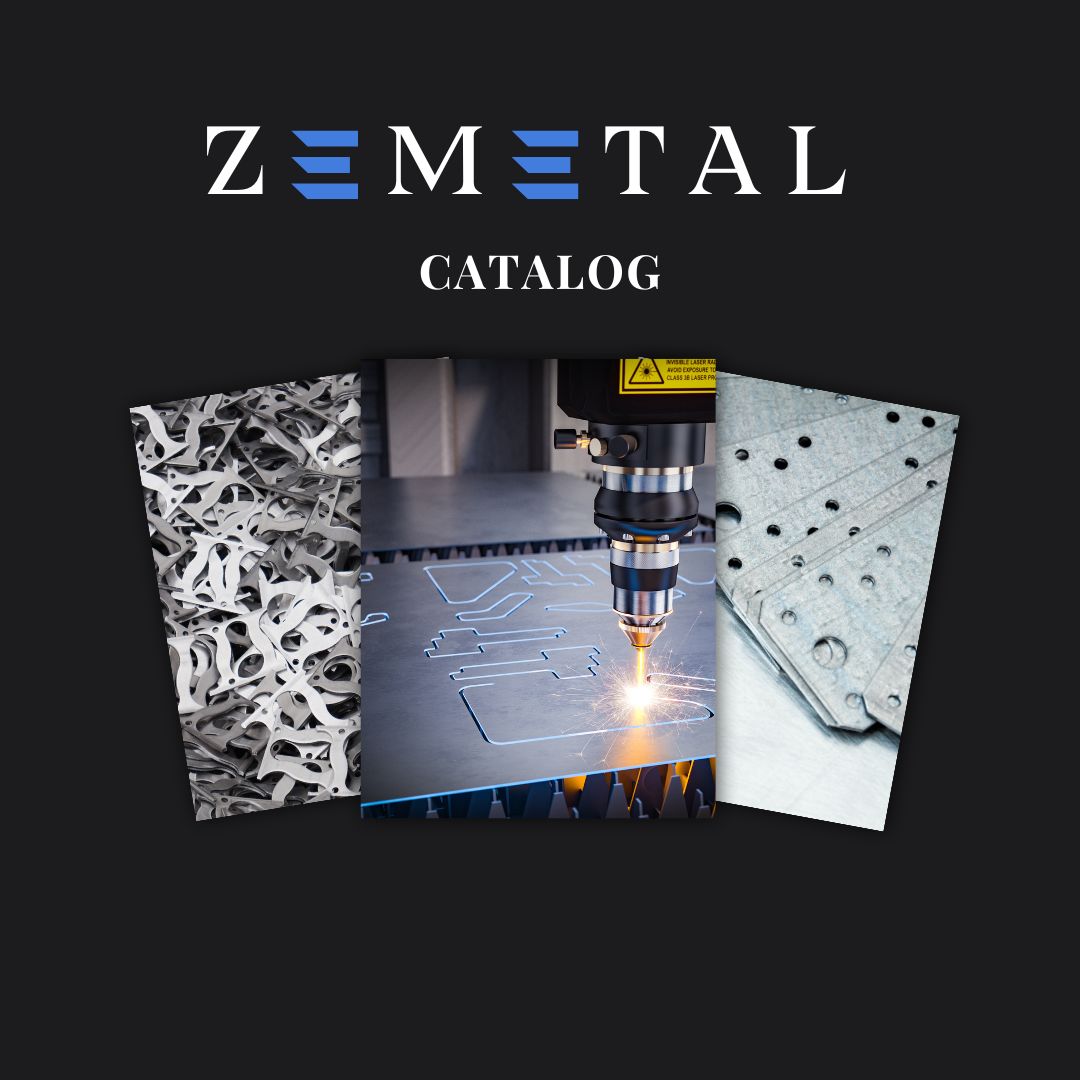Ever wondered about the differences between geomet coating and zinc plating? Understanding their distinct characteristics can guide you to the right choice for your needs.
As an expert in metal fabrication, I bring years of hands-on experience and industry knowledge to this discussion.
Geomet coating, known for its versatility and environmental friendliness, is often preferred for complex geometries. Zinc plating, on the other hand, is known for its cost-effectiveness and durability in less demanding applications.
In this guide, you’ll gain insights into the pros and cons of each method, their applications, and how to choose the most suitable one for your specific needs.
So, keep reading.
1. Importance of Surface Finishes
Surface finishes are a critical aspect of metal fabrication, enhancing both the aesthetic and functional qualities of metal parts. They play a pivotal role in determining the longevity and performance of the products.

- Corrosion Resistance: Effective surface finishes, like geomet coating and zinc plating, protect metal parts from corrosion, significantly extending their life.
- Aesthetic Appeal: Besides functional benefits, surface finishes improve the appearance of metal products, making them more appealing to customers.
- Enhanced Durability: A good surface finish increases the strength and wear resistance of metal parts, making them suitable for harsher environments.
2. The Basics of Geomet Coating
Geomet coating is a water-based, environmentally friendly coating primarily composed of metallic zinc and aluminum flakes. It is applied using a spray or dip-spin process, forming a protective layer that is both resilient and lightweight. This coating is renowned for its exceptional corrosion resistance and is widely used in various industries, including automotive and construction.
Benefits of Geomet Coating
- Environmental Friendliness: As a water-based coating, Geomet is less harmful to the environment compared to traditional solvent-based coatings.
- High Corrosion Resistance: The combination of zinc and aluminum flakes offers superior protection against corrosion.
- Versatility: Geomet coating adheres well to a variety of substrates and is suitable for complex geometries, making it a versatile option for diverse applications.
Limitations of Geomet Coating
- Cost: Generally, Geomet coating is more expensive than traditional zinc plating, which can be a consideration for budget-conscious projects.
- Specialized Application Process: The application of Geomet coating requires specific equipment and expertise, which may not be readily available in all fabrication settings.
3. Understanding Zinc Plating
Zinc plating, also known as galvanization, involves applying a thin zinc layer to metal parts to prevent corrosion. This method is especially popular at Zemetal for protecting steel components in the automotive and hardware industries. Reflecting its importance, According to Data Library Research, the global market for zinc plating is expected to grow by 2030, indicating its rising demand across multiple sectors.

Benefits of Zinc Plating
- Cost-Effectiveness: Zinc plating is generally less expensive than other coating methods, making it a budget-friendly option for large-scale production.
- Improved Corrosion Resistance: The zinc layer acts as a sacrificial coating, protecting the underlying metal from rust and corrosion.
- Enhanced Durability: Zinc plating increases the overall strength of the metal surface, making it more resistant to scratches and wear.
Limitations of Zinc Plating
- Environmental Concerns: The process of zinc plating can involve harmful chemicals and produce waste that may be less environmentally friendly compared to water-based coatings like Geomet.
- Aesthetic Limitations: While zinc plating provides functional benefits, it may not offer the same level of aesthetic appeal as some other finishing options, particularly over time as it can develop a dull finish.
4. Key Difference Between Geomet Coating and Zinc Plating
After learning about Zing plating, understanding the differences between Geomet coating and Zinc plating is essential for making informed decisions in metal fabrication. Here are the key comparisons:
Environmental Impact
Geomet coating stands out for its environmentally friendly profile. For instance, being water-based, it reduces the emission of volatile organic compounds (VOCs) and is less toxic compared to traditional coatings. Zinc plating, while effective, often involves the use of hazardous chemicals during its electroplating process, posing greater environmental and safety concerns.
Geomet coating’s eco-friendly features are highlighted in this table, contrasting with the environmental impacts of zinc plating:
| Feature | Geomet Coating | Zinc Plating |
| Base Composition | Water-based | Chemical-based |
| VOC Emission | Low | High |
| Toxicity | Less toxic | More toxic |
| Environmental Impact | Reduced | Significant |
| Safety Concerns | Lower | Higher |
Application Process
The application of Geomet coating is typically done through spray or dip-spin methods, allowing for uniform coverage, even on complex geometries. This versatility makes it suitable for a wide range of applications. Zinc plating, on the other hand, is achieved through electroplating, which, while efficient for large batches, may not be as uniformly effective on parts with intricate designs or recesses.
Aesthetic and Functional Performance
Zemetal recognizes that geomet coating not only provides superior corrosion resistance but also maintains a consistent and appealing aesthetic. Its finish is usually more uniform and can be tailored for specific visual preferences. Zinc plating, while providing good corrosion resistance, might not offer the same level of visual appeal, especially over time, as it can develop a patina or dull finish.
Cost and Accessibility
From a cost perspective, zinc plating is generally more budget-friendly, especially for large volume projects. Its widespread use and the simplicity of the electroplating process make it a readily available option. Geomet coating, in contrast, may involve higher initial costs due to specialized application processes and the materials used, potentially making it a less accessible option for smaller or budget-constrained projects.
5. 4 Tips for Choosing the Right Finish for Your Needs
Following our exploration of the differences between Geomet coating and Zinc plating, it’s important to apply this knowledge to select the best surface finish for your specific needs. Here are four nuanced tips to help in making an informed choice:
#1 Evaluating Component Functionality
First, consider the primary function of the metal component. If it’s subject to high wear and tear or mechanical stress, a durable finish like zinc plating might be more appropriate. For components where environmental resistance is paramount, such as in marine or highly corrosive environments, the superior protective qualities of Geomet coating could be the better option.
#2 Factoring in Production Volumes
The scale of your production also plays a critical role. For instance, for large-scale manufacturing where cost per unit is a key factor, zinc plating can be more economical. It’s efficient for bulk processing. In contrast, if you are working with smaller batches or specialized items where the added cost can be justified, Geomet coating’s advantages might outweigh its higher price point.
#3 Considering Regulatory Compliance
In industries where environmental regulations are stringent, Geomet coating’s eco-friendly profile can be a significant advantage. This aspect is particularly relevant if your business prioritizes or markets itself on sustainable practices. In less regulated scenarios or where environmental concerns are not as pressing, zinc plating might suffice.
#4 Analyzing Long-term Sustainability
Long-term sustainability encompasses both the environmental impact and the longevity of the finish. Geomet coating, while more expensive upfront, may offer better long-term value through its durability and lower environmental impact. Zinc plating, though cost-effective initially, might incur additional costs over time due to maintenance, repair, or replacement needs.
Conclusion
The choice between geomet coating and zinc plating depends on various factors such as the application, environmental considerations, cost, and desired durability. Understanding the strengths and limitations of each can significantly impact the quality and longevity of your metal fabrication projects.
If you’re looking for expert advice or high-quality metal fabrication services, consider Zemetal. Our team is equipped to provide tailored solutions that meet your specific requirements. Contact us today.
Dive Deeper Into Our Resources
For some insightful reads, we’ve curated a list of recommended articles just for you:
Still haven’t found what you’re looking for? Don’t hesitate to contact us. We’re available around the clock to assist you.








